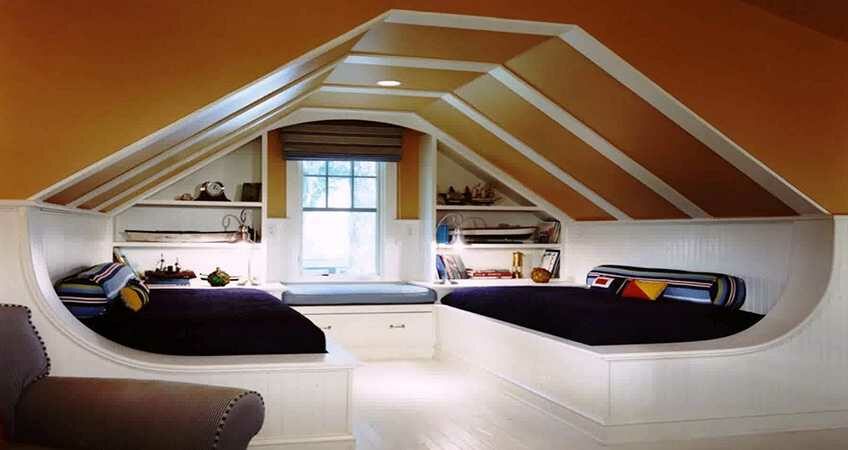
Contents Essential Guide To Loft ConversionsLoft conversions are small alterations where you add more value to your property by increasing livable space in your home. For instance, Be it a bedroom with an en suite, gym, and office or entertainment room for the family. A loft conversion is an easier process of expanding space in your current building instead of having to move home to find the perfect space for you. Therefore, this way you get to design your dream space. However, Before we can start designing your perfect space, our colleague will have to site your house to measure out and, have a consultation without, your improvement to your house. Also, The main points will be seeing if there is enough head height in your roof, the pitch, and the type of structure in the roof. In addition, This way the consultants can advise you if there will be needed any structural beams to support the loft conversion, as some houses that were built after the 1960s use thinner and cheaper timber as most were factory-made rooves. You can check yourself if your roof space is suitable for conversion by checking these simple steps.
There are different types of roof conversions, a ‘room in a roof’, a ‘dormer loft’ and ‘raising the roof’. |  |
A ‘room in roof’ loft conversion includes:
A Dormer loft Extension doesn’t require too much construction to the roof. This increases the head height with dormer windows which gives you the option to design the placement of the stairs more freely. Raising the roof is done when there is less than 2.2 meters of head height as this is minimum space for someone to stand in the loft. This is the most expensive out of the option as it removes or rebuilds the existing roof. It also requires planning permission approval from local authorities with an additional cost. This measurement all go into account as there is a required application for planning permissions that need to be accounted for. The designers will calculate the maximum volume you could have for your loft conversations. A terrace house is allowed up to 40 cubic meters and a detached or semi-detached house is allowed up to 50 cubic meters. No roof extensions are allowed to be higher than the highest part of the roof, and the roof is not allowed to hang over the existing outer wall as there needs to be a setback of 20 cm from the eaves. The materials have to be similar or appear to be same as the existing dwelling so they blend in. | |



